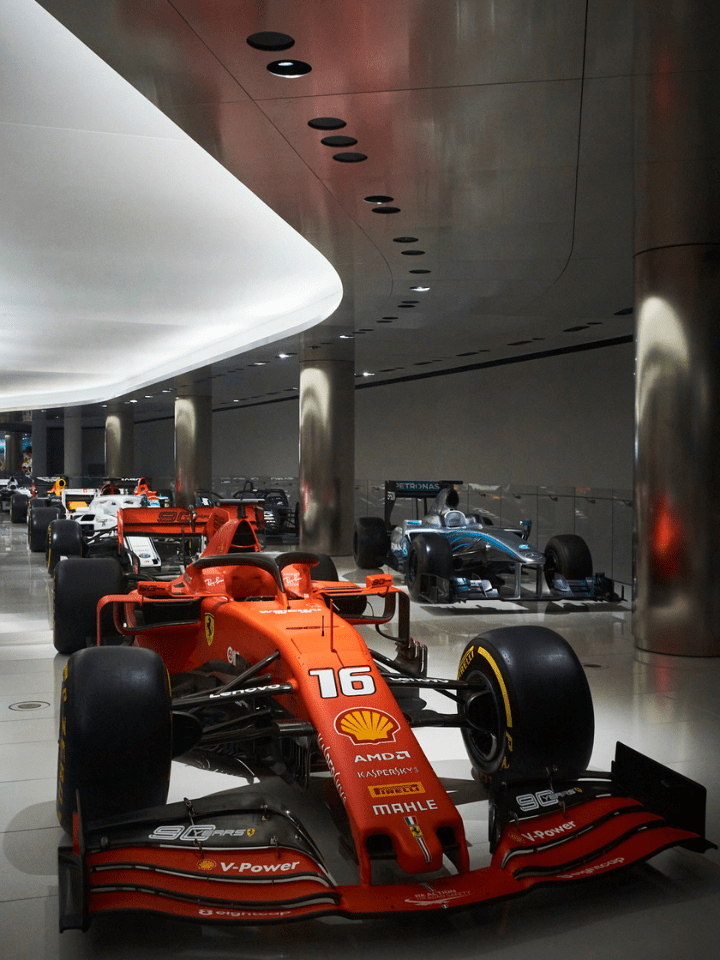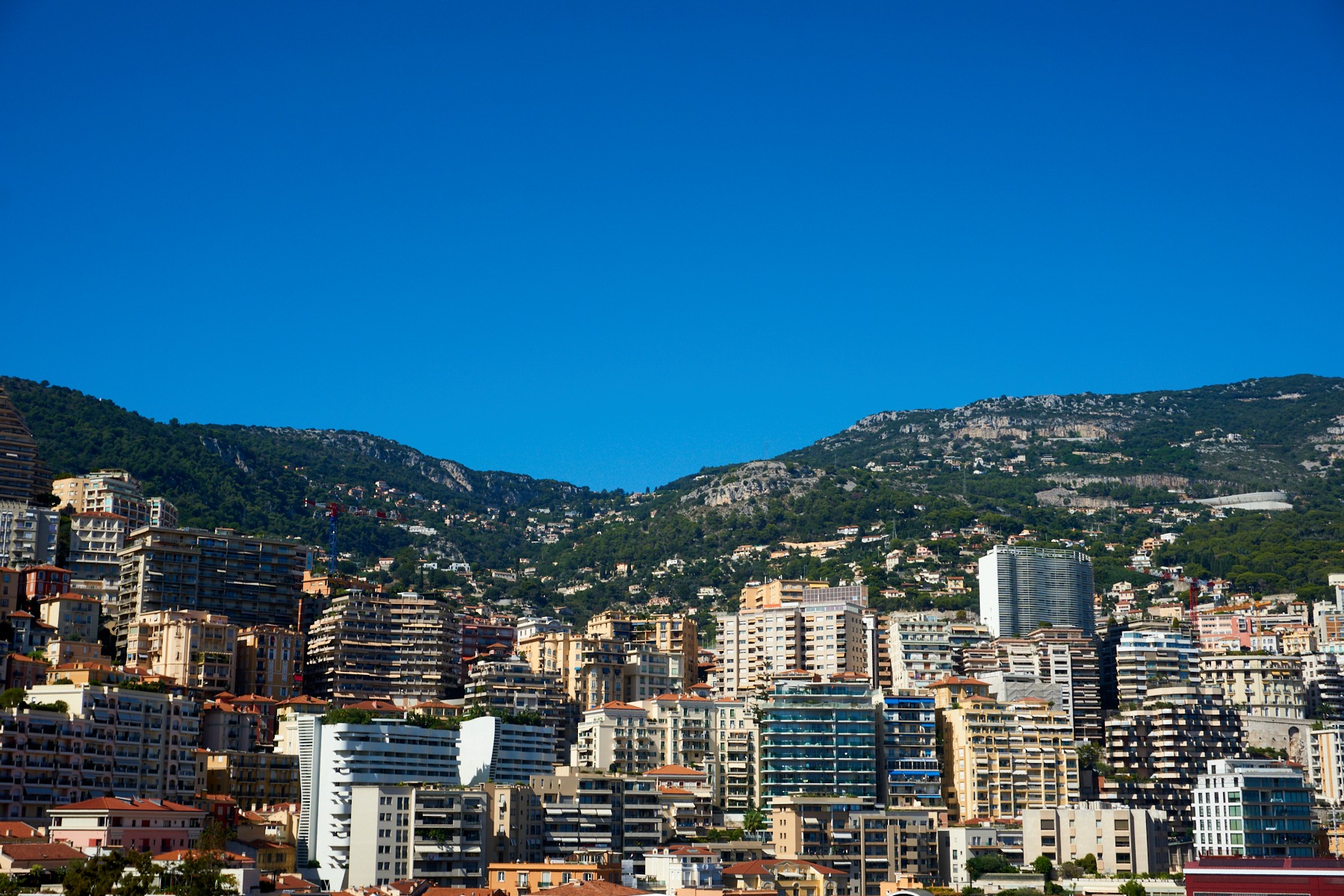
The Principality of Monaco, located in the south of France almost next to Italy, is a small (2.02 km2) independent territory known worldwide for the Monaco Formula 1 Grand Prix, which is considered to be the most important and traditional Formula 1 track, as well as one of the most difficult because of the constant sharp corners.
Also known for its luxury cars and the grandiose Monte Carlo Casino, Monaco, although small, is a real attraction and well worth a visit. Find out a little about it here.
Palace of the Prince of Monaco
If you visit the main square in Monaco-Ville, you'll immediately notice the building that corresponds to the Palace of the Prince of Monaco (in the original Palais Princier de Monaco), even though it doesn't boast its beauty on the outside.
The ticket, which costs €10 / adult (2023), can be bought online or in person at the souvenir store in the main square in front of the palace, and there is no specific time for the visit.
The visit (which takes about 1 hour) includes an audio guide with several languages to choose from, including Brazilian Portuguese, English and Spanish. Among all the rooms, the Hercules Gallery with its courtyard and main staircase, the Throne Room, the Red Hall and the Blue Hall are the highlights.
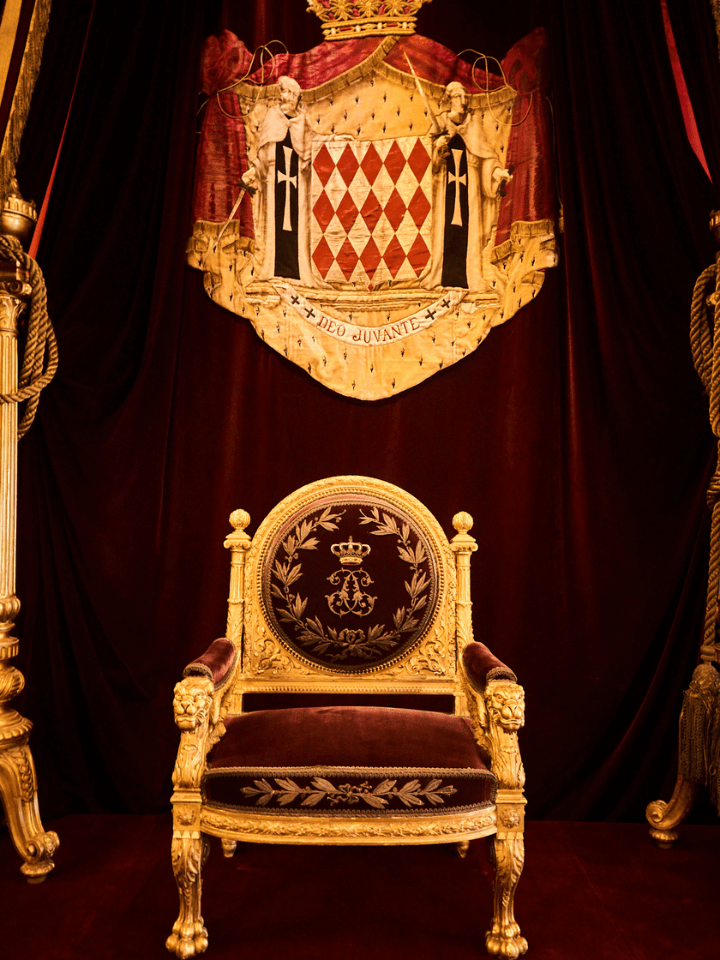
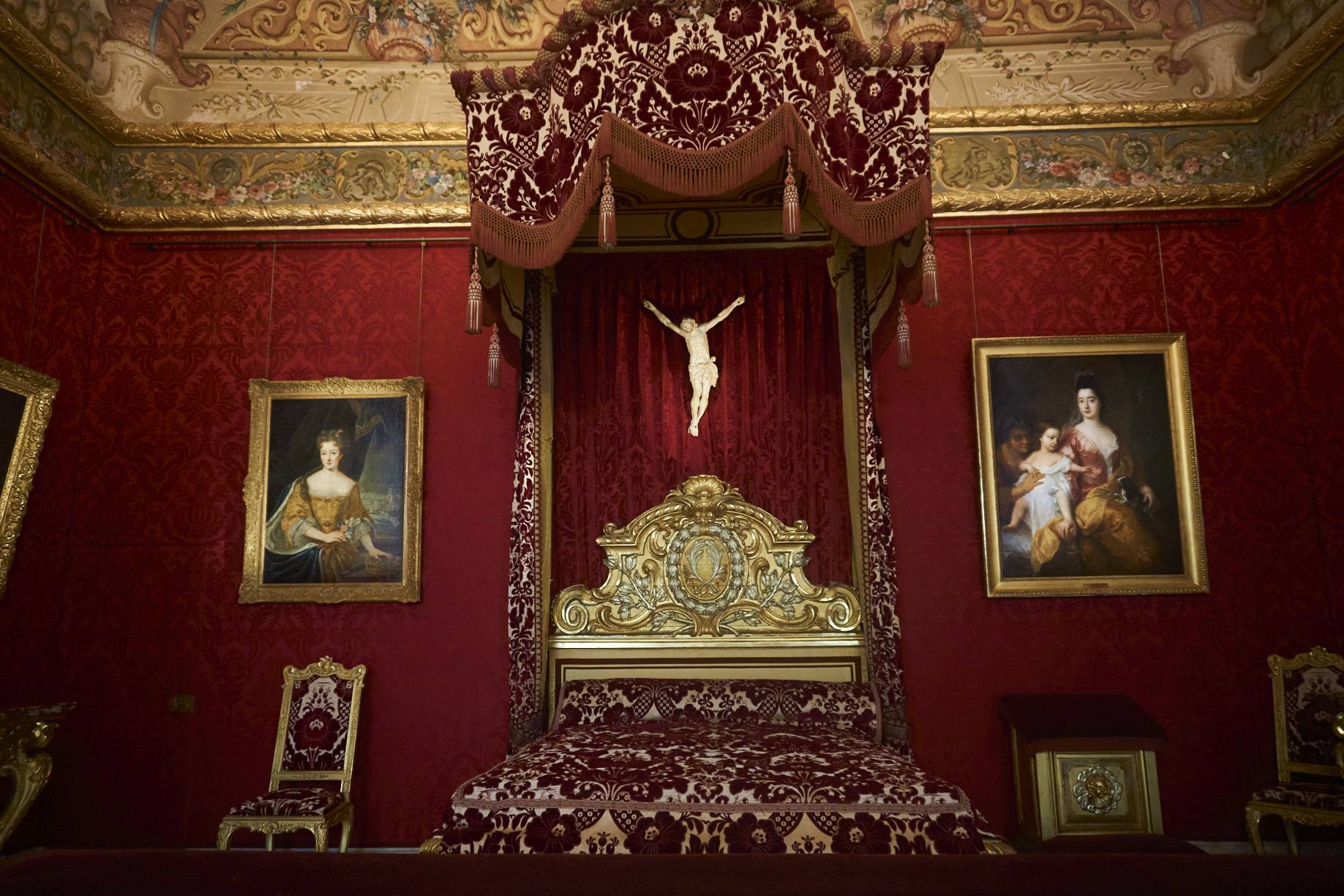
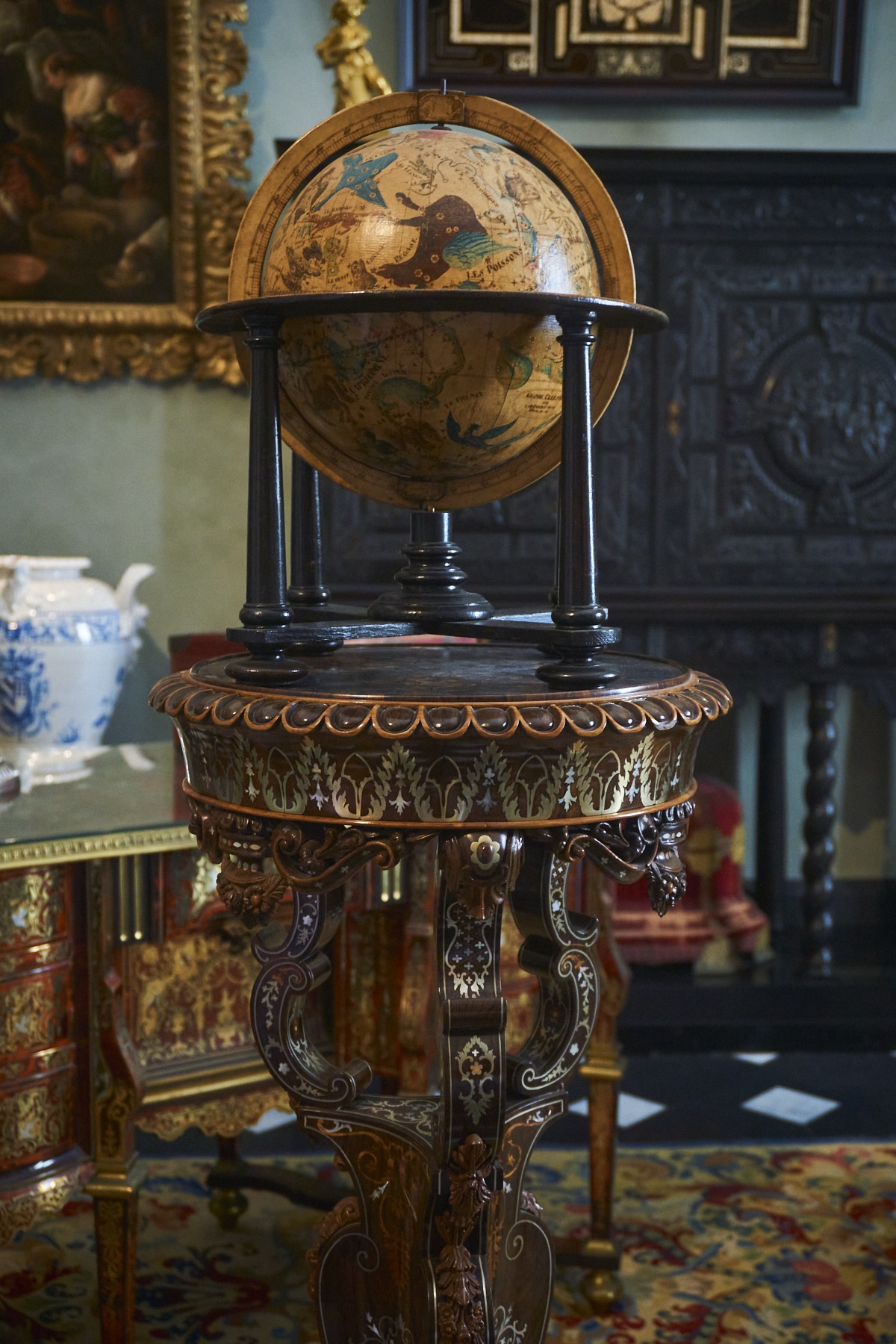
Oceanographic Museum of Monaco
Located on the cliffs of Monaco, the Oceanographic Museum of Monaco is one of the Principality's most emblematic buildings.
Costing 19€ / adult (2023), which can also be purchased with other destinations to make it cheaper, the museum is divided into 5 floors, covering a total of 6,500m2 and more than 6,000 species of animals.
In addition to the two floors dedicated to aquariums, there is also a floor with a panoramic view of the Principality and a floor completely dedicated to exploring the oceans, with one of the most impressive exhibitions we have ever seen.
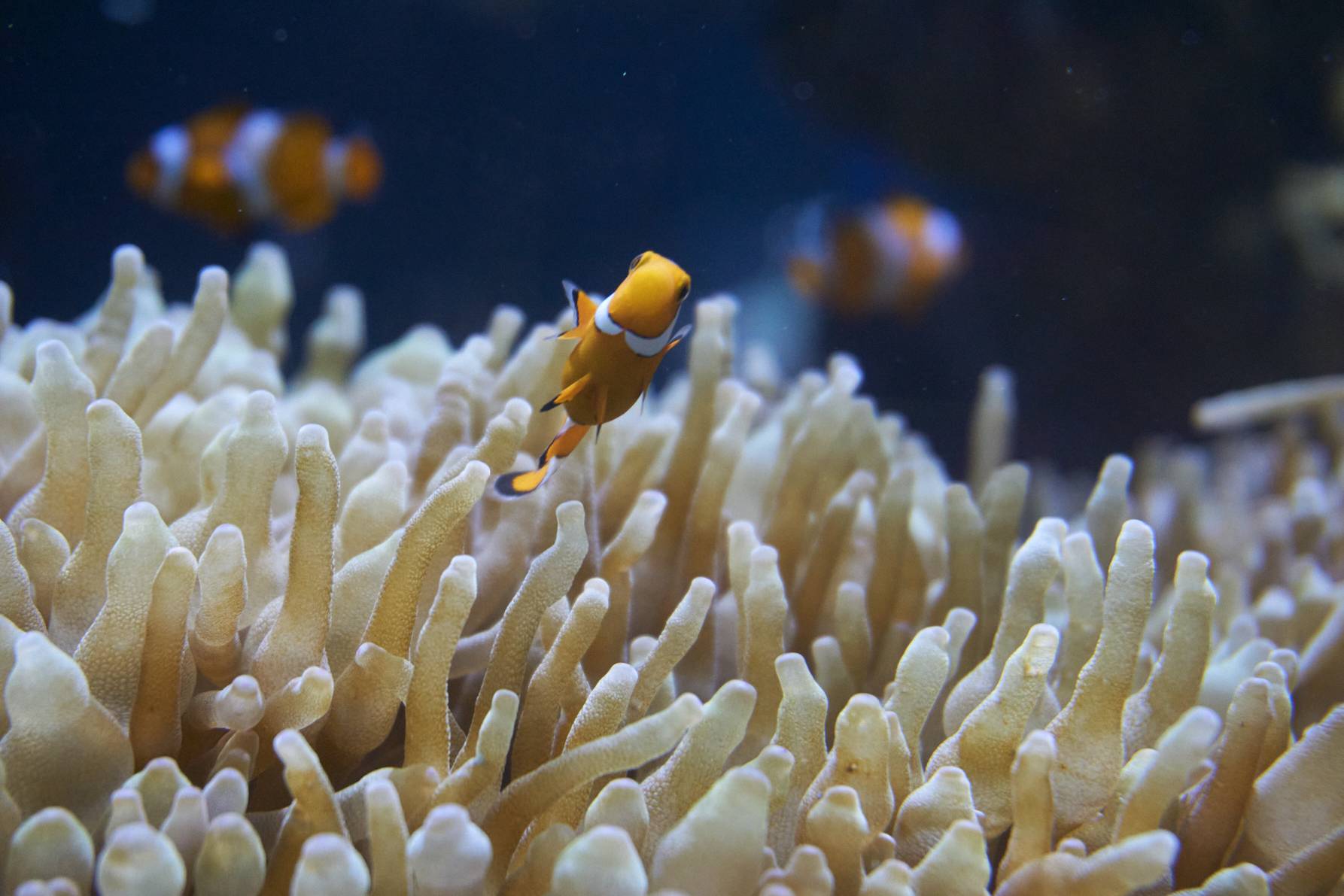
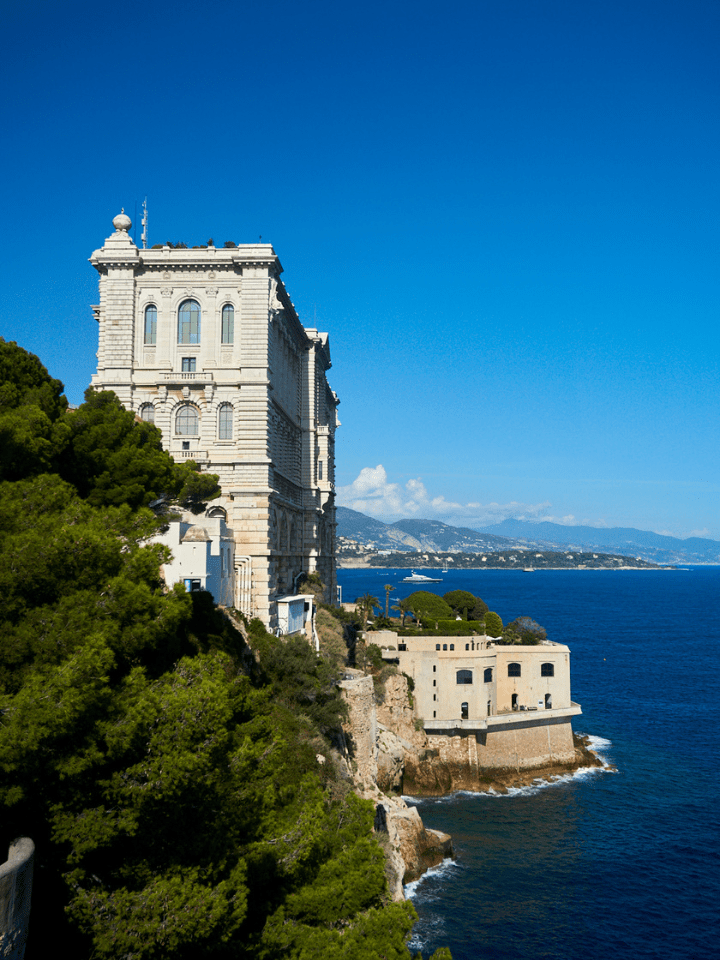
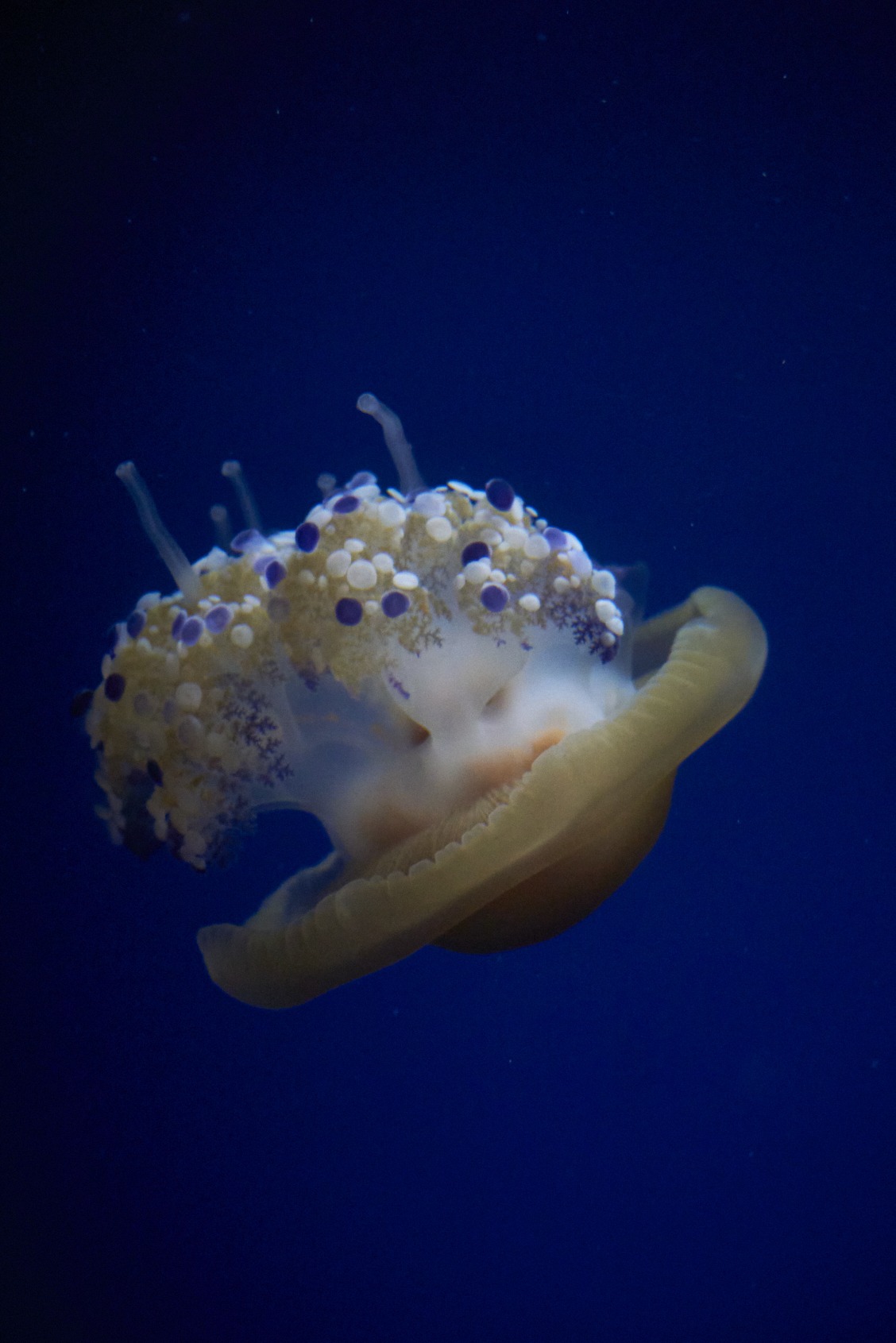
S.A.S. The Prince of Monaco Car Collection
Located next to Port Hercules, the Prince of Monaco's car collection is one of the most famous car collections in the world. With around 70 vehicles, ranging from the classic (and imposing) royal carriages to the first fuel cars, classic cars from the 70s/80s/90s, emblematic cars in Monaco's history and the famous Formula 1 cars from the Monaco Grand Prix and the Paris-Dakar.
The ticket can be purchased at the museum reception and costs €10 / adult (2023), which can be cheaper if bought with another attraction. In total, allow around 30 to 45 minutes for this visit.
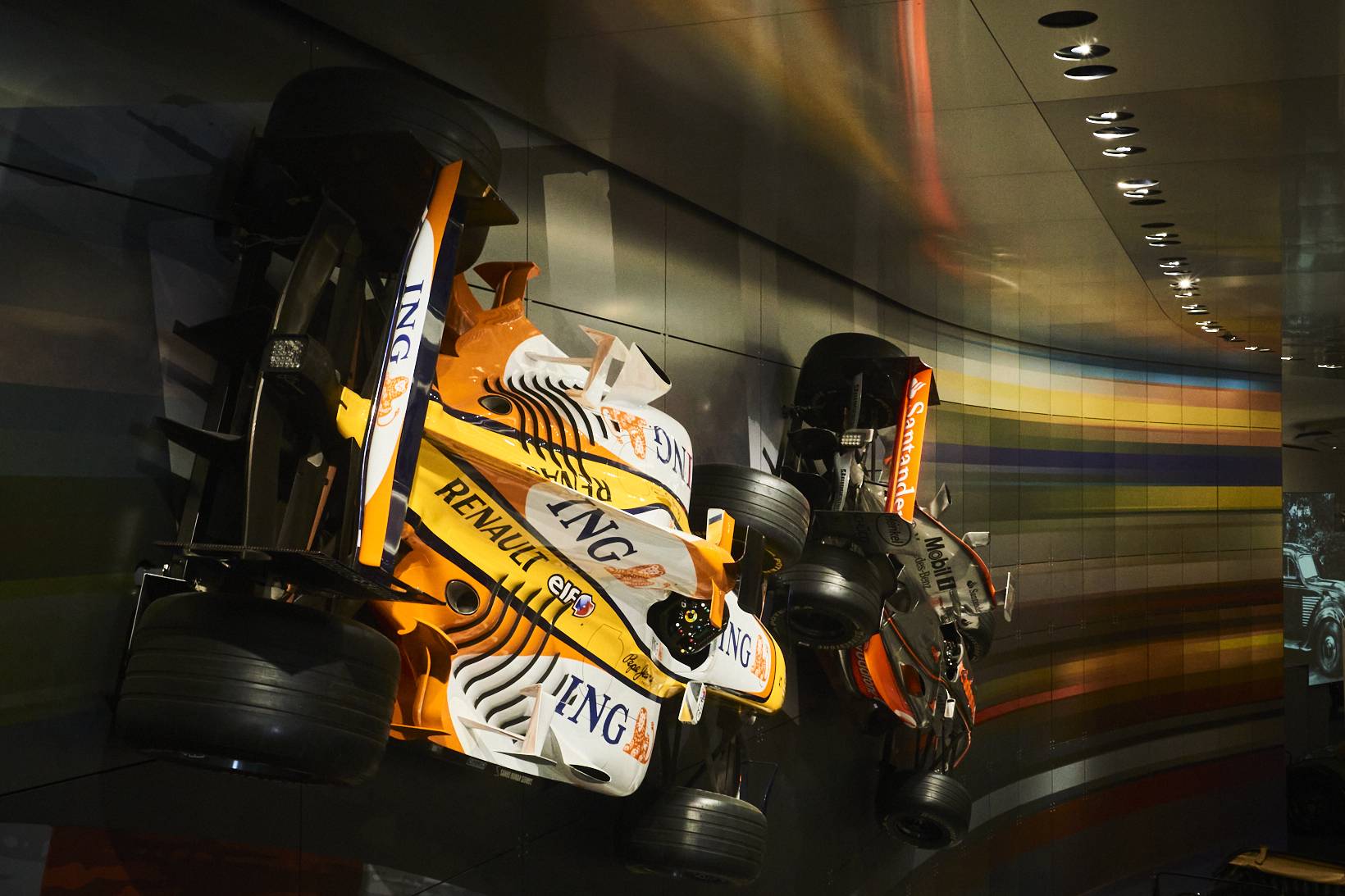
Monte Carlo Casino
The Casino de Monte Carlo is one of the most iconic casinos in the world, often reproduced in films and series. It is also home to the emblematic Monte Carlo Opera House.
You enter the casino through the main façade, but be aware that there is an 18€ fee to visit and photographs are not allowed in most of the interior. There is supposed to be a guided tour in the morning (the gaming tables start at 2pm), but we didn't get there in time, so we can't talk about the inside of the casino. In front of the Casino there are usually a number of luxury cars.
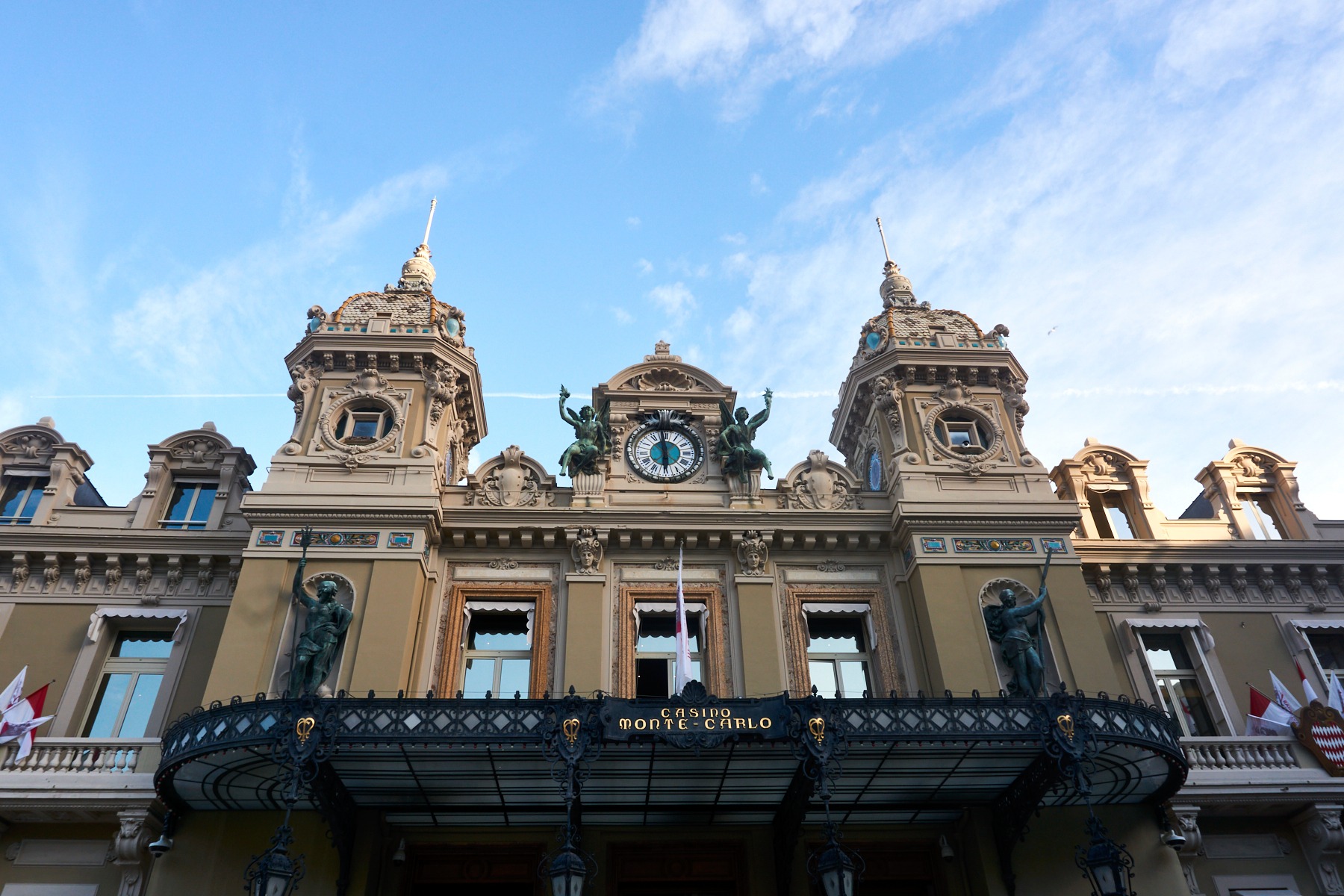
Port Hercules
One of the most famous yacht "parking lots" in the world, Port Hercules is located in the east of the Principality. Although it is one of two ports, it is the only one (in the Principality and the surrounding area) with deep waters, reaching 40m in some areas. In total, it has around 160,000m2, with space for around 700 boats. Unfortunately, when we visited, they were putting on a Yachting Festival, so we didn't get to see this port in all its splendor.
If the water is so appealing that you want to take a dip, we recommend Larvotto Beach, with its clear blue water.
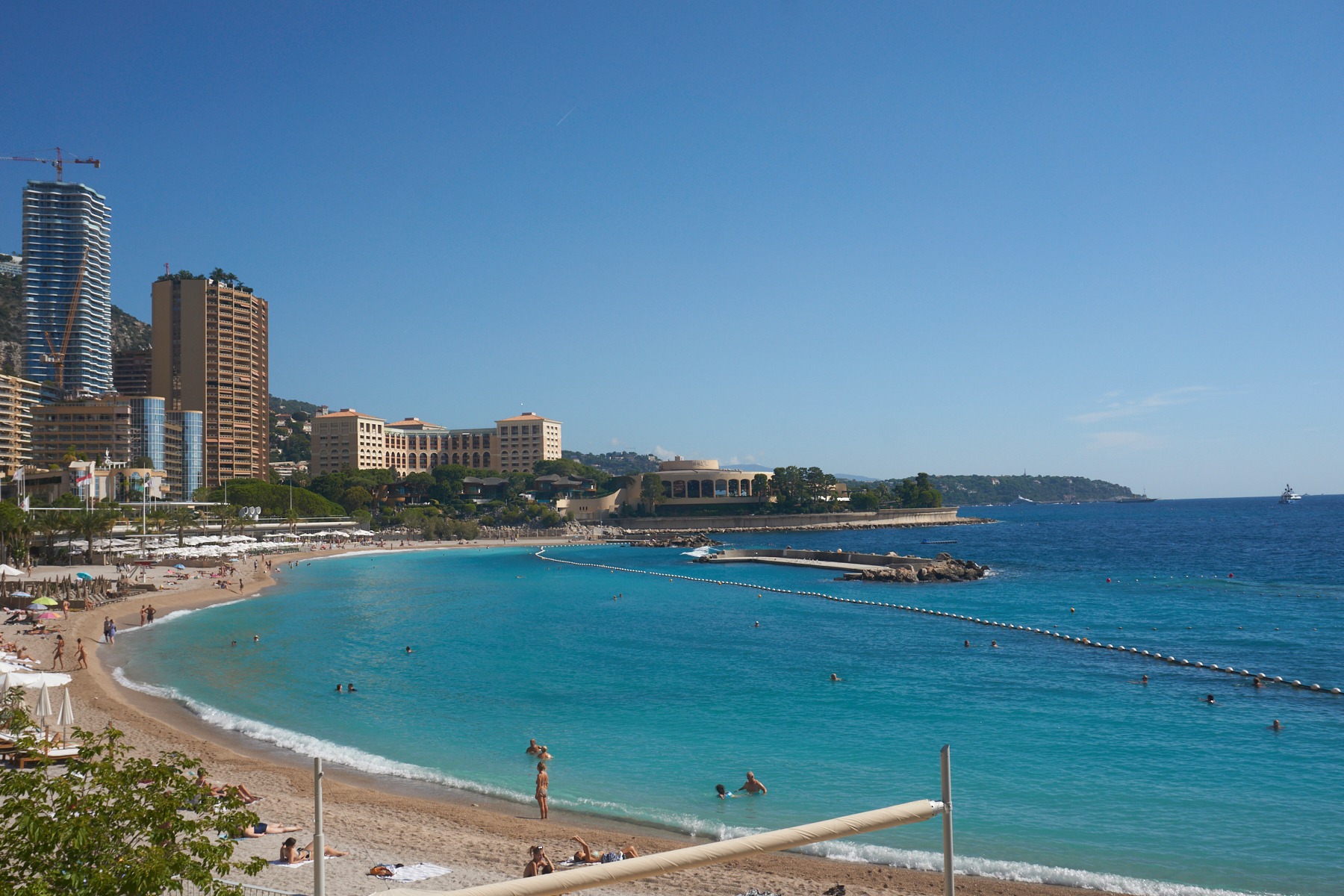
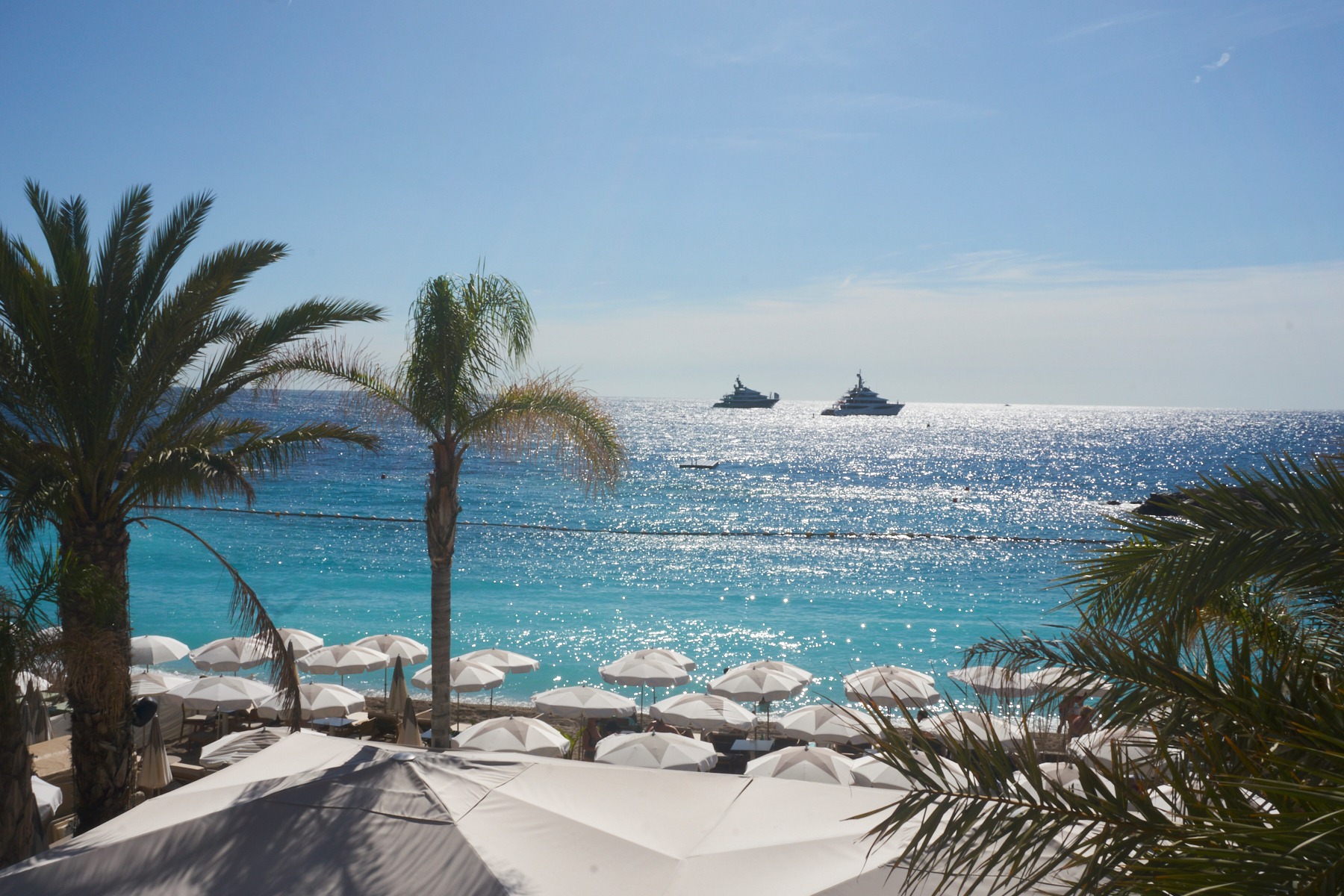
Monaco Cathedral
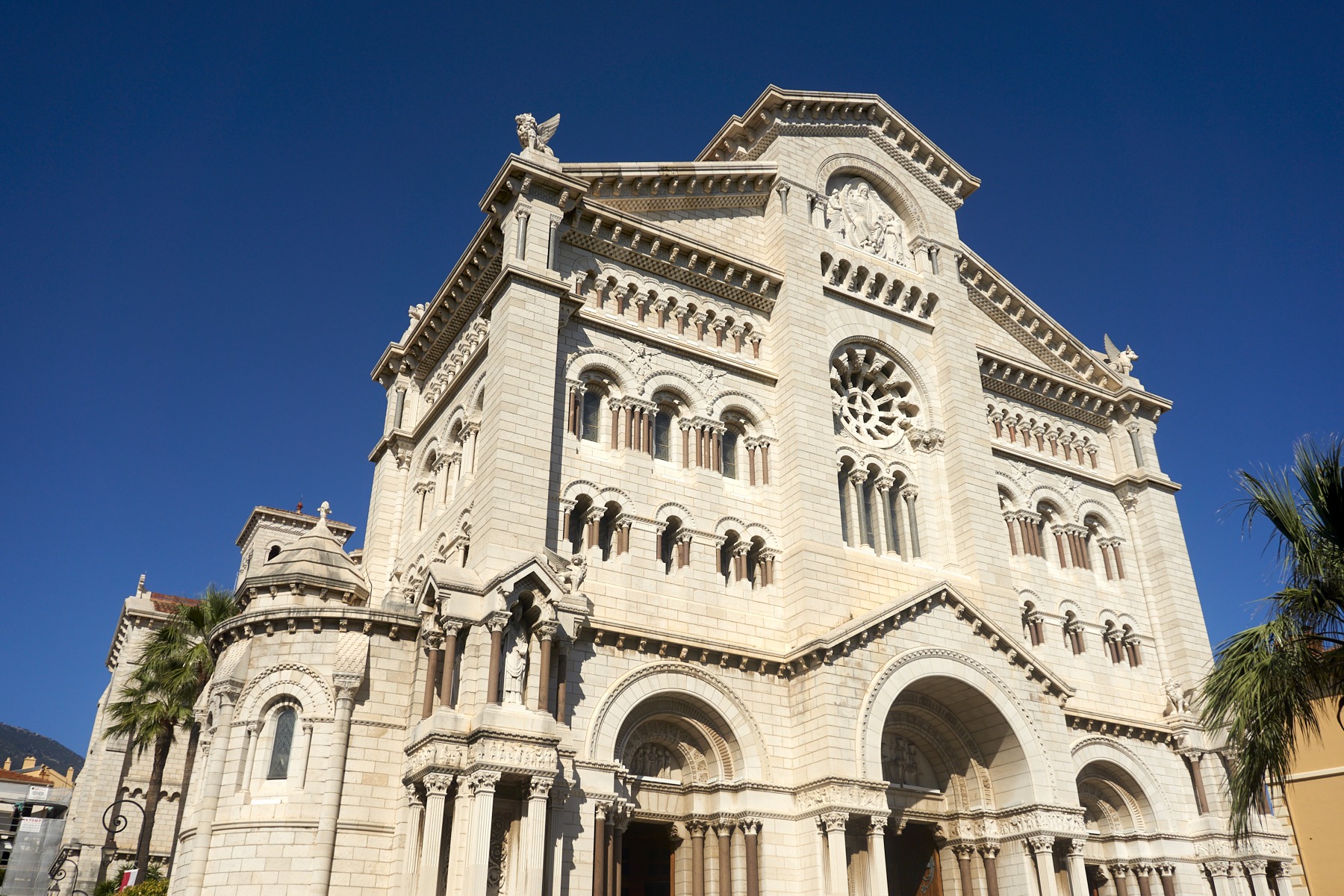
Monaco Cathedral, also called the Cathedral of Our Lady Immaculate or sometimes the Cathedral of St. Nicholas, is a building built in the Roman-Byzantine style in 1875. The cathedral was built after the separation of Monaco from the Diocese of Nice, when the Church of St. Nicholas was demolished and built in its place.
It's impossible to miss! Located near the Oceanographic Museum, this Cathedral is where the former members of Monaco's royalty are buried, including Princess Grace Kelly.
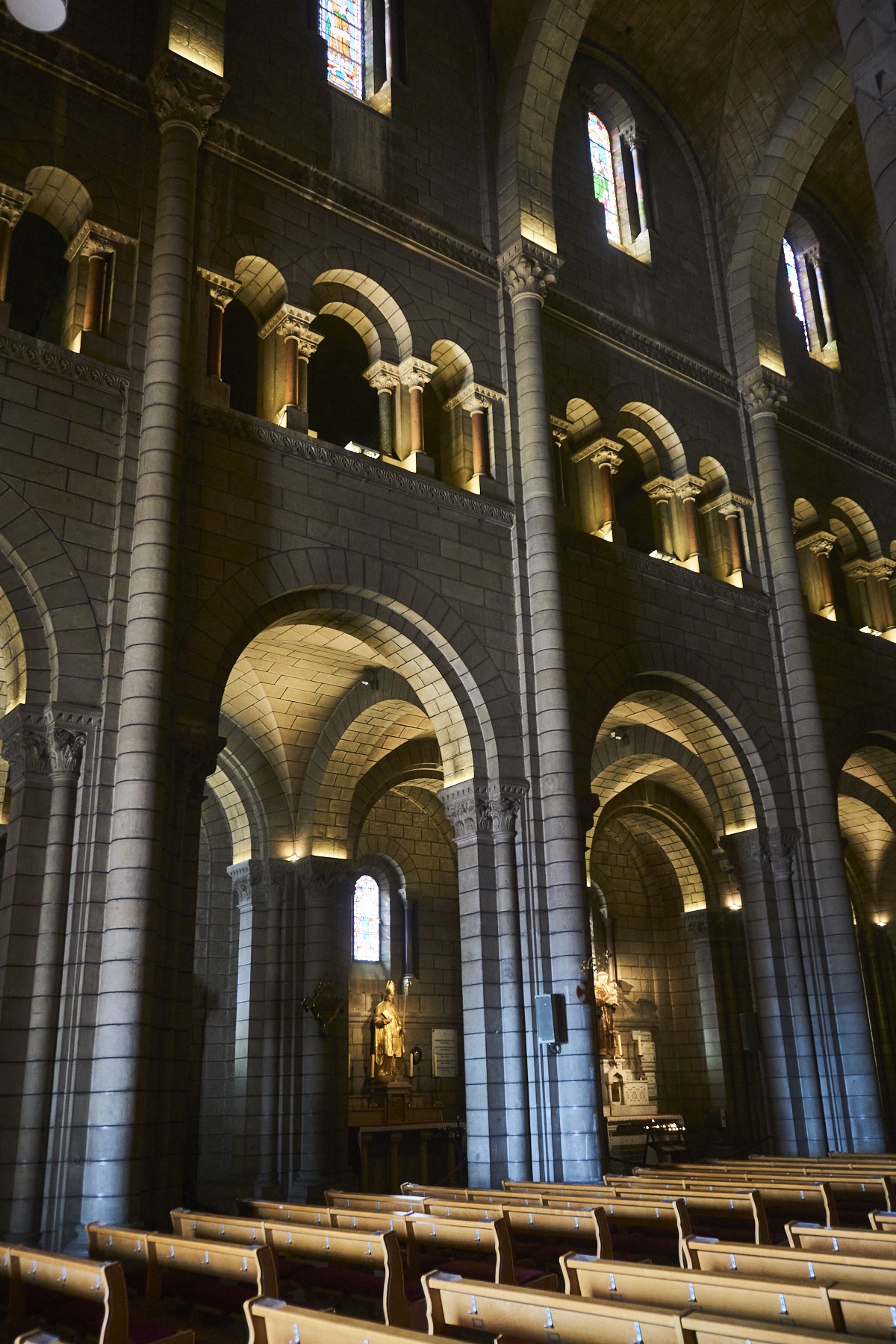
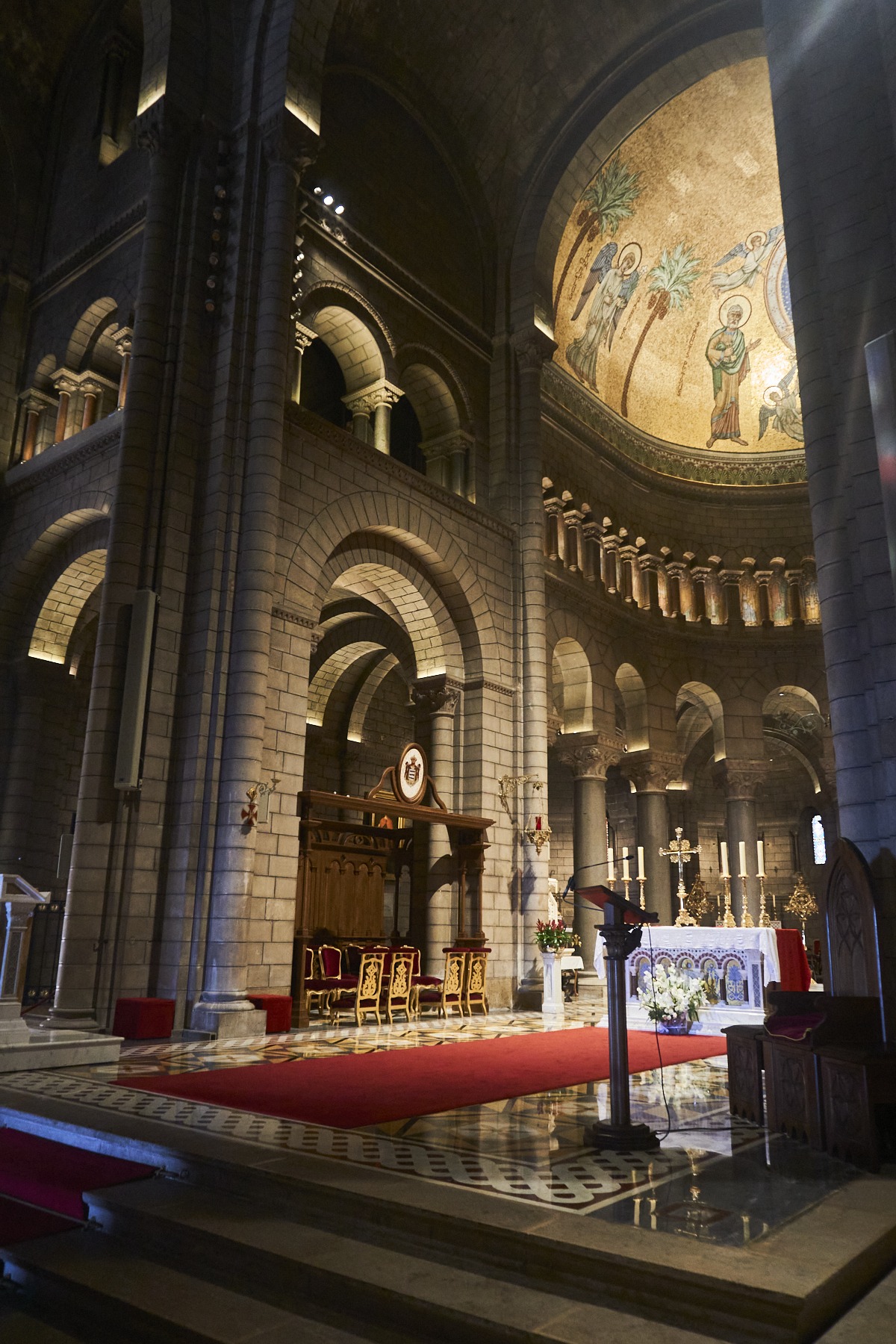
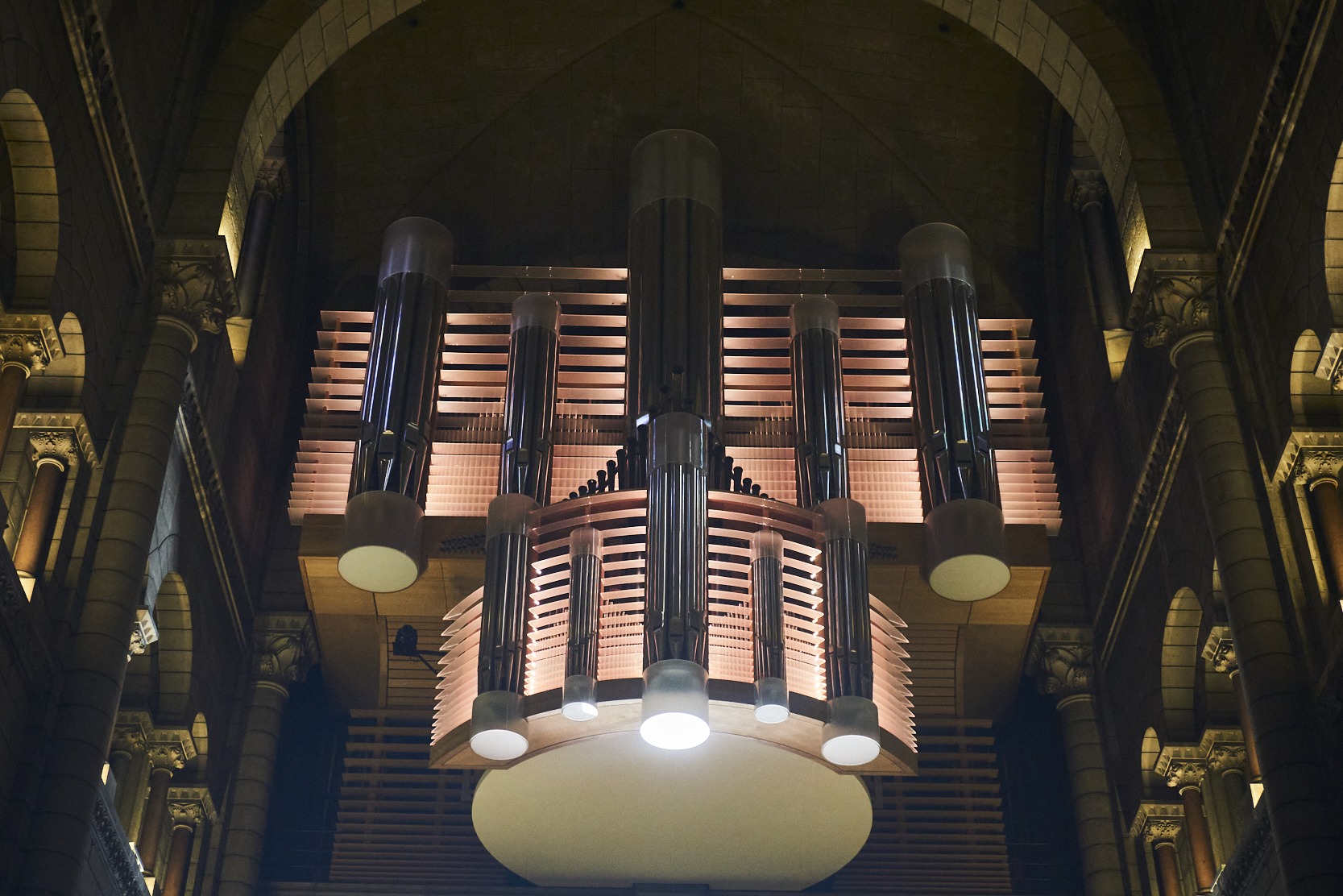
There are also two pipe organs: the main one, called the Great Organ, has a total of four keyboards, 79 sets and around 7,000 pipes. This first organ has an unusual appearance, with more modern lines than usual. The second, smaller organ is the choir organ.
Entry to this cathedral is free and can be made between 9am and 6pm, except during religious celebrations.
Japanese Garden and Saint-Martin Garden
Strolling around Monaco, you'll notice that there are many hidden gardens. Among them are the Japanese Garden and the Exotic Garden (which, at the time of our visit in 2023, was closed for renovations). That said, we couldn't miss this part of Monaco, and the two gardens we've highlighted here are a bit far apart.
The Japanese Garden is located on the east side of the Principality, while the Saint-Martin Garden is located right on the rock, next to the Oceanographic Museum.
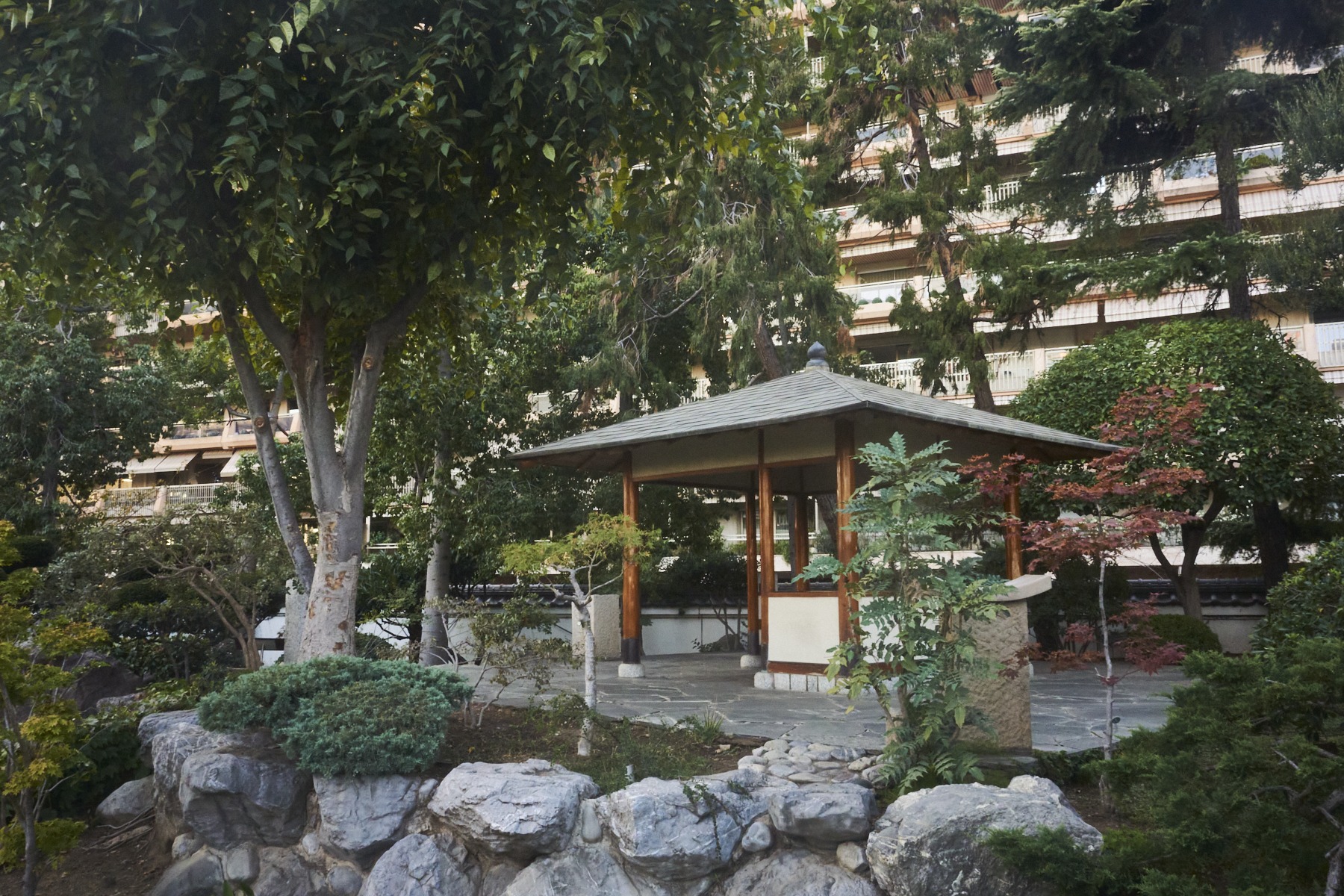
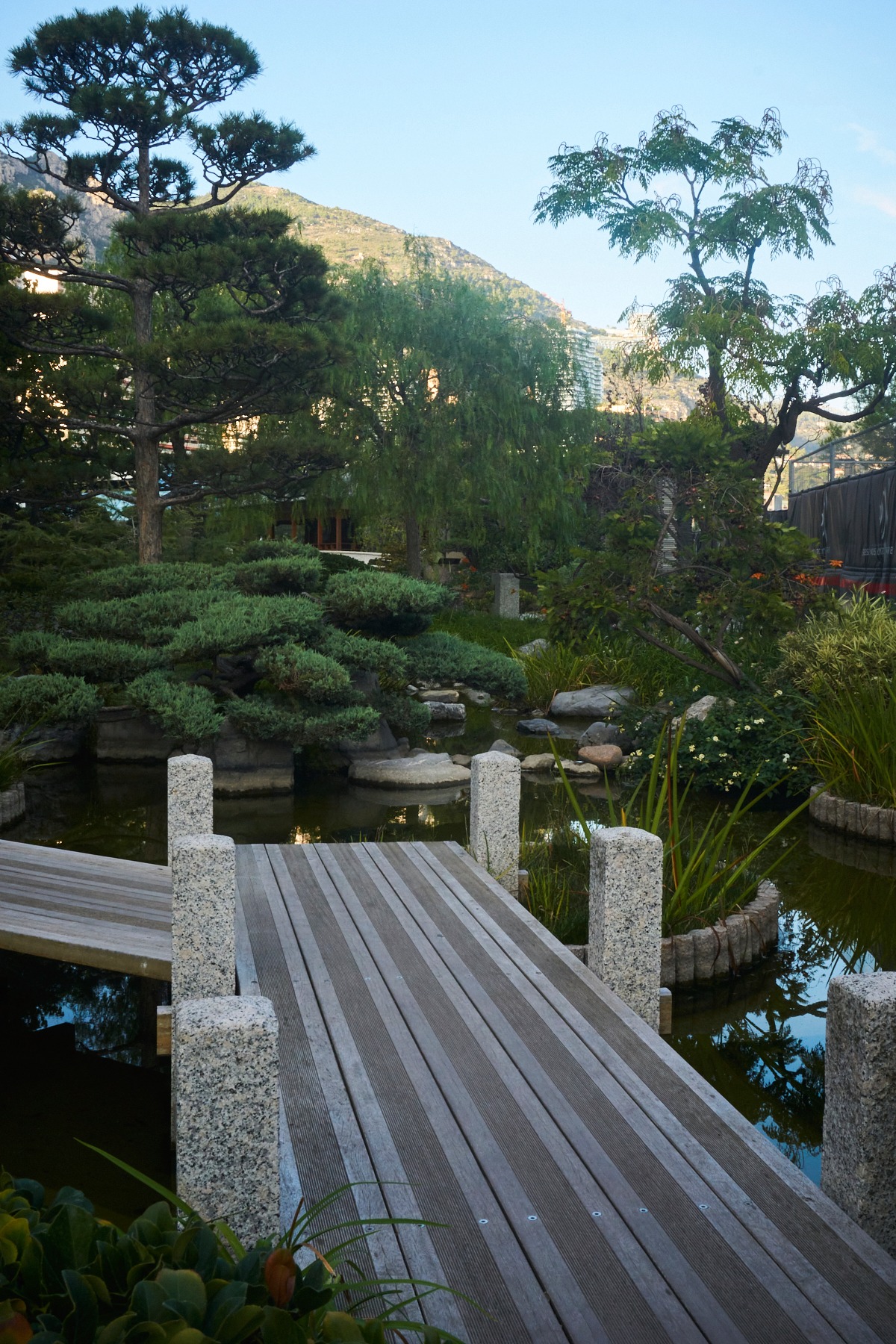
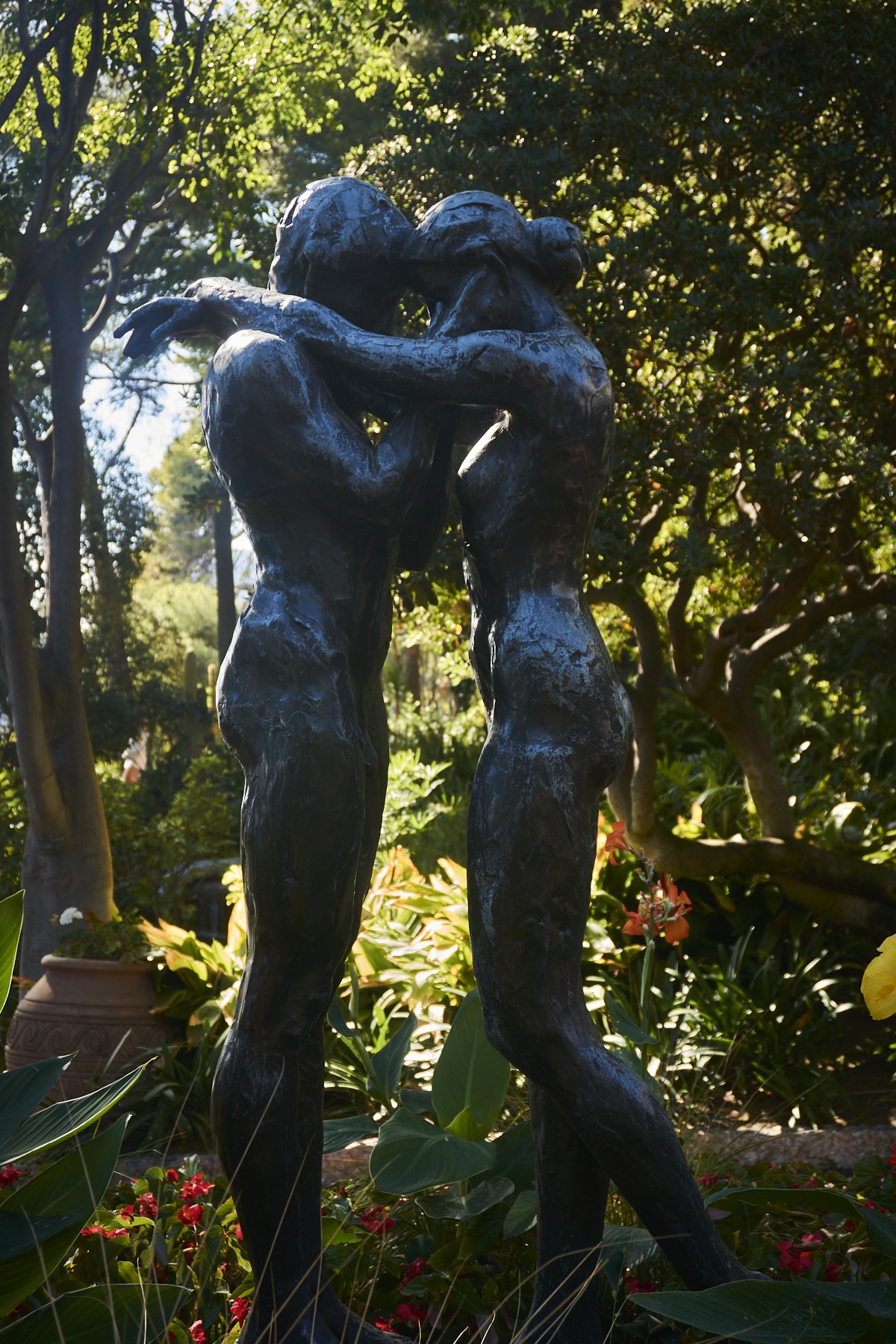
The Japanese Garden was created in 1994 with the main aim of recreating a Japanese garden and the associated Zen thinking. And that's exactly the feeling it gives you: located next to a busy road, the garden is built in such a way as to drown out all the noise and confusion outside.
Here we find a setting made up of small bridges, lanterns, stones over the water and much more, all complemented by varied flora of Japanese and Mediterranean origin, even the wood being imported from Japan. There is also a small waterfall in the garden.
The Saint-Martin Garden, located in the middle of the cliff, was Monaco's first public garden, opened in 1816, more than 200 years ago! As well as Mediterranean flora, there are also some exotic species. For us, this space stood out for the statues that adorn it and give it a magical air.
If you're not looking for this garden, you might miss it because it's somewhat hidden, but it's definitely worth a visit.
Fontvieille
Princess Grace Rose Garden, Louis II Stadium and others
The furthest west area of the Principality is known as Fontvieille, and is worth a visit if you have the time. Unfortunately, we weren't able to explore this area in its entirety, but here's a list of places we would have liked to have seen.
First of all, the Port of Fontvieille is a small port where the water looks almost tropical. In this area there is also a heliport (where trips such as Nice - Monaco are made), the huge white tent called the Chapiteau de Fontvieille (where the famous Monte-Carlo International Circus Festival is held), the Louis II Stadium, Princess Grace's Rose Garden and the Museum of Stamps and Coins.
The Princess Grace Rose Garden is another of Monaco's most emblematic gardens, covering 5,000m2 and featuring 315 species of roses, as well as a number of statues in honor of the garden's namesake.
Also here is the Animalier Garden, a space that takes in abandoned animals or those recovered from customs confiscations. This is one of the places where you can buy a ticket together with the Oceanographic Museum, the Prince's Palace or the Car Collection to get a discount on the total price.
As you can see from the description above, Fontvieille itself will take at least half a day to really see.
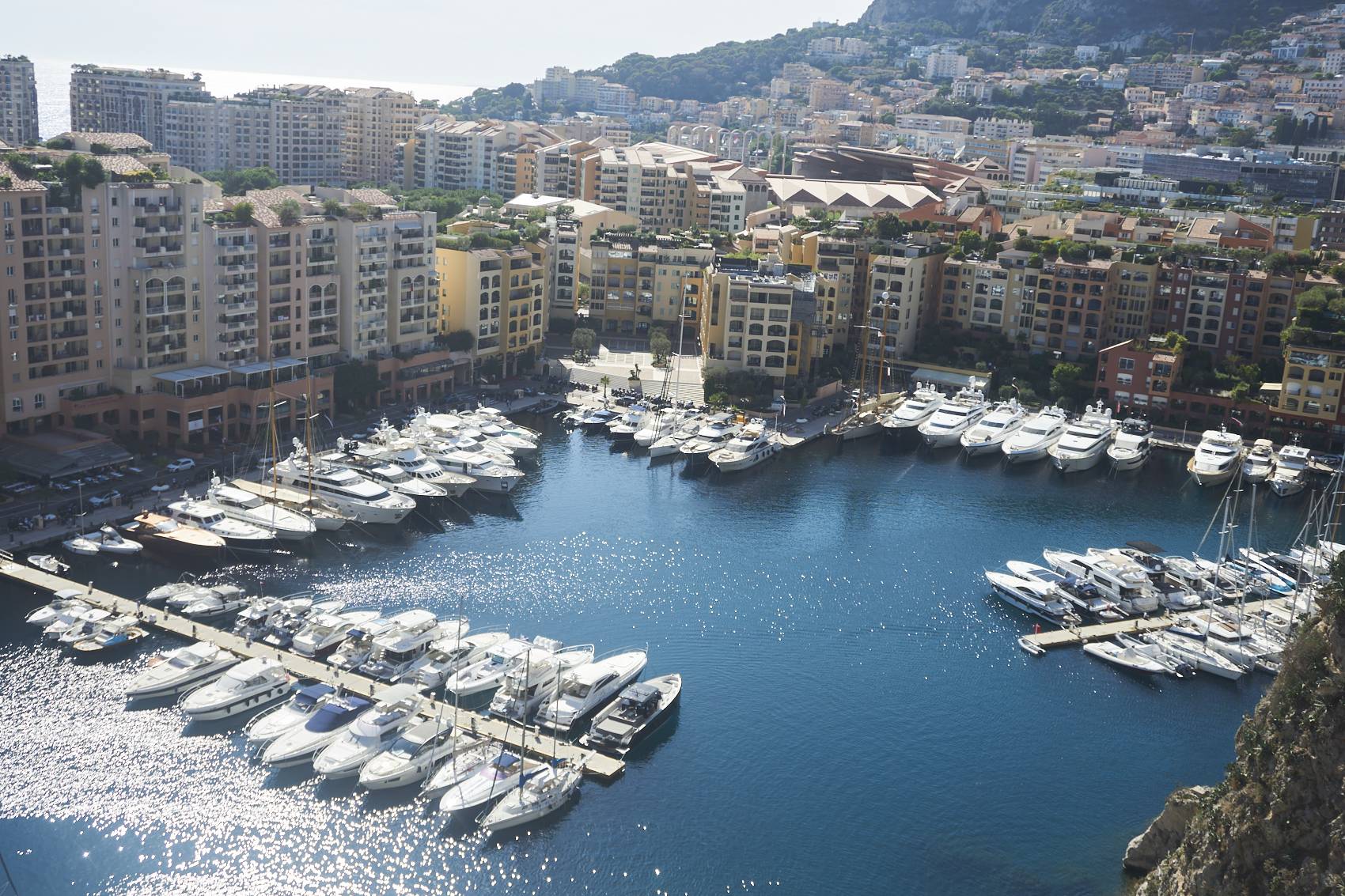
How to get there and where to park?
Getting to Monaco is quite simple and any GPS can do it without much difficulty - the tricky part is the traffic getting in.
Monaco is an independent city-state, so entry is via a limited number of roads leading into the Principality. Because of this, and the reduction in lanes when exiting the freeway, there is a lot of traffic entering Monaco, with the daily average of cars entering and leaving being 100,000 (according to official data), in a Principality of just 2.02 km2, so you can imagine the chaos. However, once inside, parking is easy to find.
In total, Monaco has 40 parking lots (all underground and under surveillance) for a total of 15,500 parking spaces. In addition, on the streets there are constant indications of the nearest parking lot and the number of empty spaces in real time. Please note that cars not registered in the Principality itself or in the French department of Alpes-Maritimes, the department that surrounds Monaco, are forbidden to drive on the so-called "rock" of Monaco, where the Palace, the Cathedral and other monuments are located.
Where to eat
Although we were expecting more expensive meals, we don't think there's much difference between the prices in Monaco and the French Riviera towns we visited. The dishes are more or less the same price as a restaurant in Portugal, with good options starting at 15€ to 20€, but the drinks are much more expensive than here, with a simple Coca-Cola usually costing between 5€ and 6€.
That said, some restaurants do require reservations, but you can eat in some places without making an appointment. In our case, we felt like it and went to an Asian restaurant where we didn't need to book and we were served quickly.
Additionally, for those who like to eat "on the go", there are several places selling pizza by the slice, sandwiches and other quick meals at lower prices. There's no shortage of food options in Monaco!
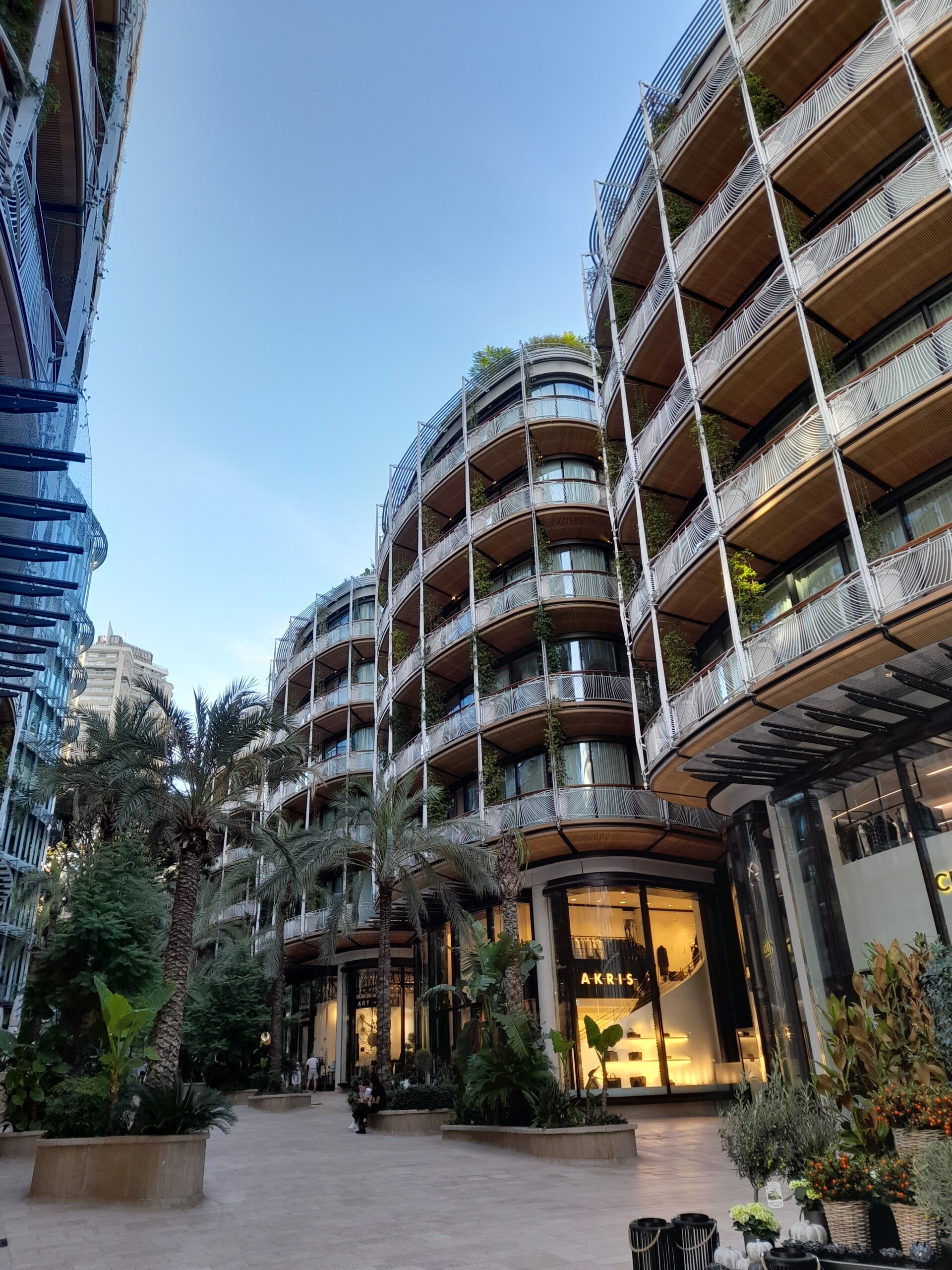
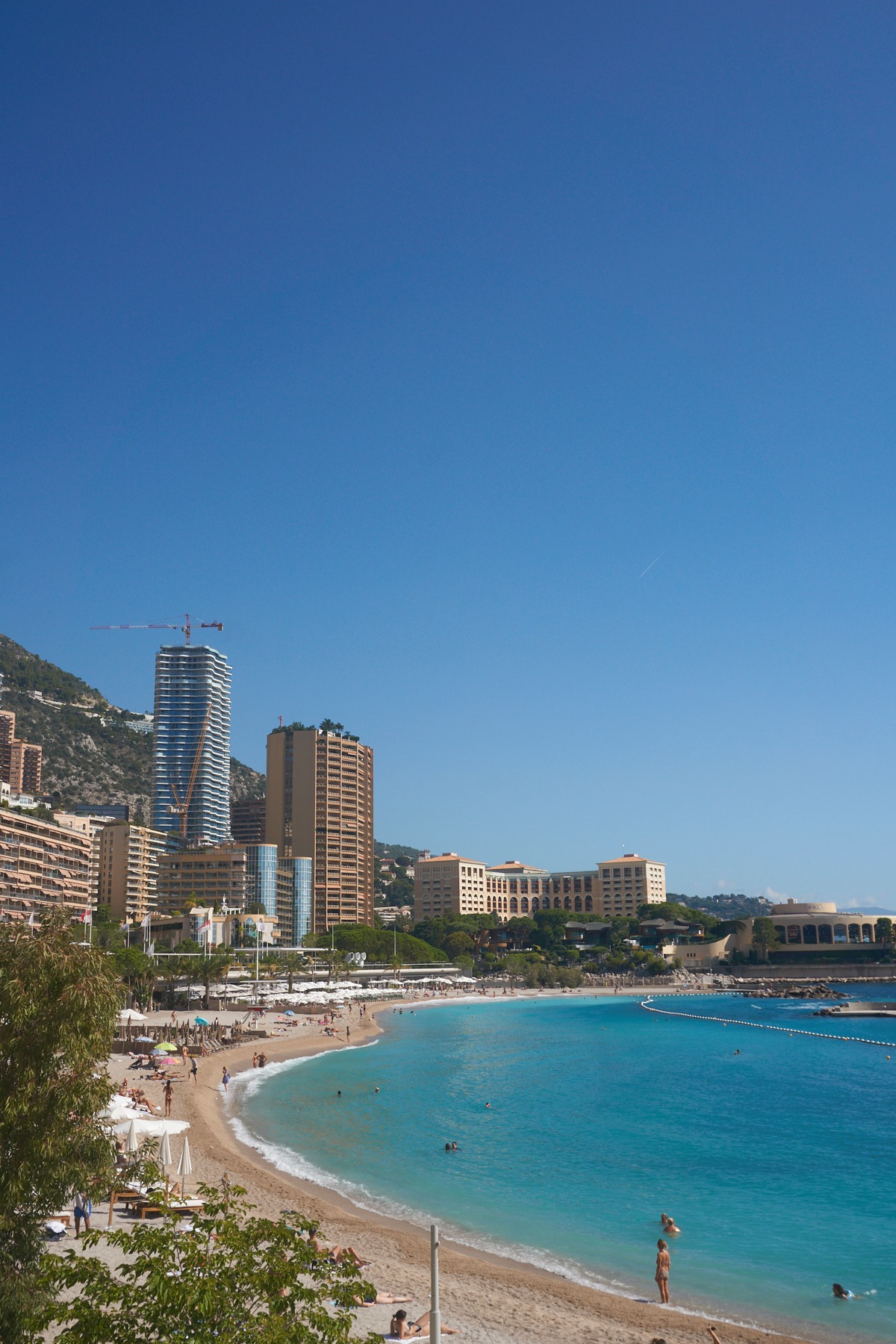
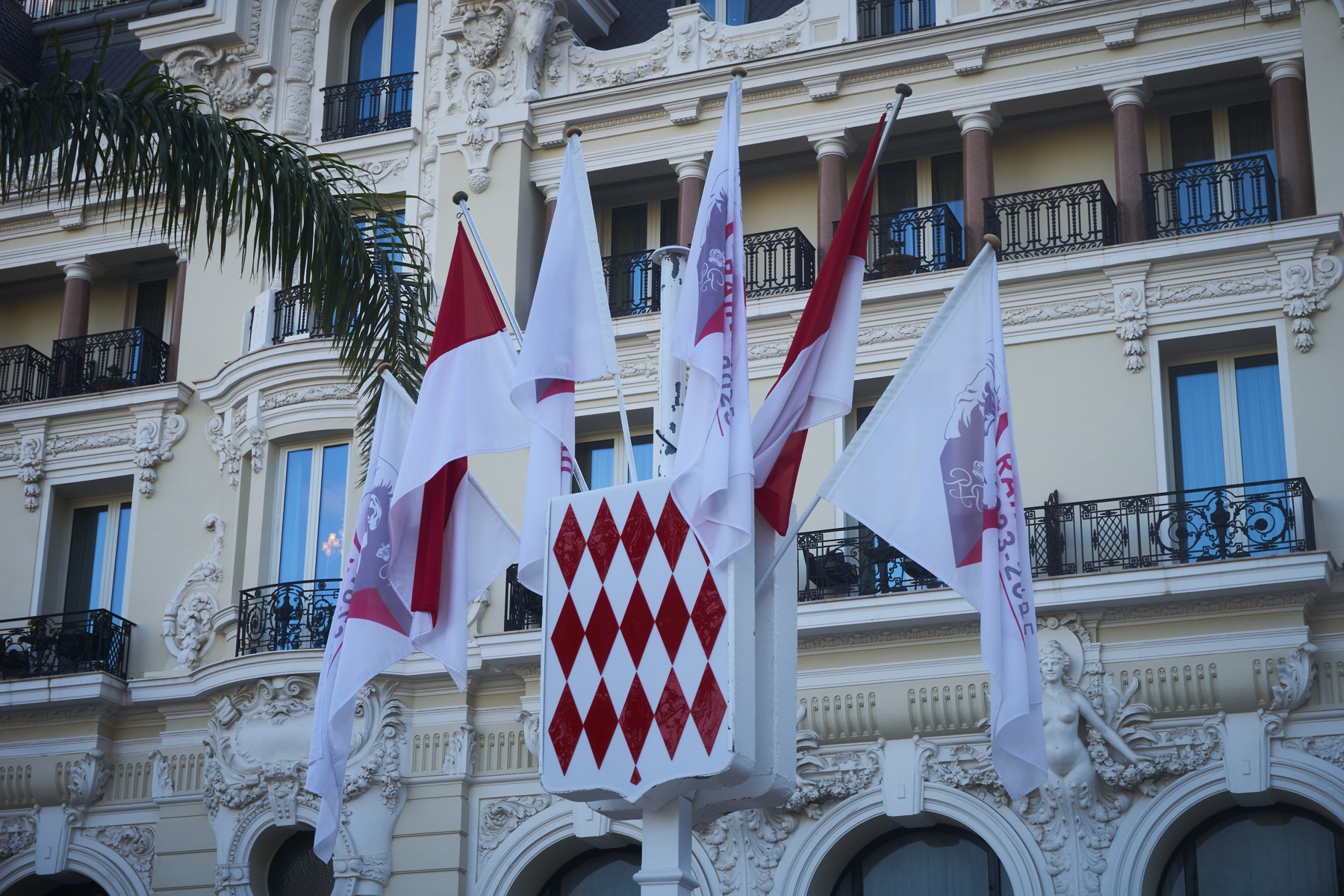
Costs (2023)
Despite being known for being very expensive, we didn't find much difference between the prices in Monaco and the other cities we visited on the French Riviera. We didn't stay overnight in the area and we know that this has a strong impact as accommodation there is expensive.
In total we only spent one day in Monaco but we chose to do various paid activities, and if we had more time we would have taken the opportunity to visit the stadium area, which wouldn't have cost so much.
In total, we spent around 180€ in Monaco for two people. In addition to this amount, we obviously had travel costs and tolls, but we can't say for sure if there is an entrance fee since we came by highway and we don't feel that we really paid an amount to enter the country - the last two highway tolls we paid totaled €3.90, but there may be a way to enter Monaco that doesn't involve these amounts.
In Monaco our main expenditure was on activities. We chose to visit the Car Collection, the famous Oceanographic Museum and the Prince's Palace, which totaled 70€, 35€/person (with the ticket for the Oceanographic Museum and the Car Collection compared together at a discount).
We also spent €50.90 on lunch, which is the normal price for two people in the region, where drinks are extremely expensive.
Between things bought on the street (drinks and souvenirs) we spent another 40€, but we took the opportunity to buy a birthday present for a Formula 1 enthusiast, hence the higher price.
Finally, the price that hurt a little: parking. In total, we paid €19.80 at the Grimaldi Forum Parking, but we were there for about 6am-7pm, which justifies the high price.
Keep in mind that Monaco, despite its status in the European Union, still has roaming charges. As soon as you cross the border, you receive a message indicating the prices you'll have to pay for communications and I have to say, they're expensive! Take advantage of the free wifi you can get, like at the Prince of Monaco's Car Collection.
Having said all that, we left this little Principality completely fascinated. Monaco has so much to see and so much to discover! The views are breathtaking, the details are all well considered, it's well adapted to tourism (there are information desks, arrows and free toilets everywhere) and the prices, although slightly higher than Portugal, are acceptable. Definitely a place to spend 1 to 3 days.
more to see


